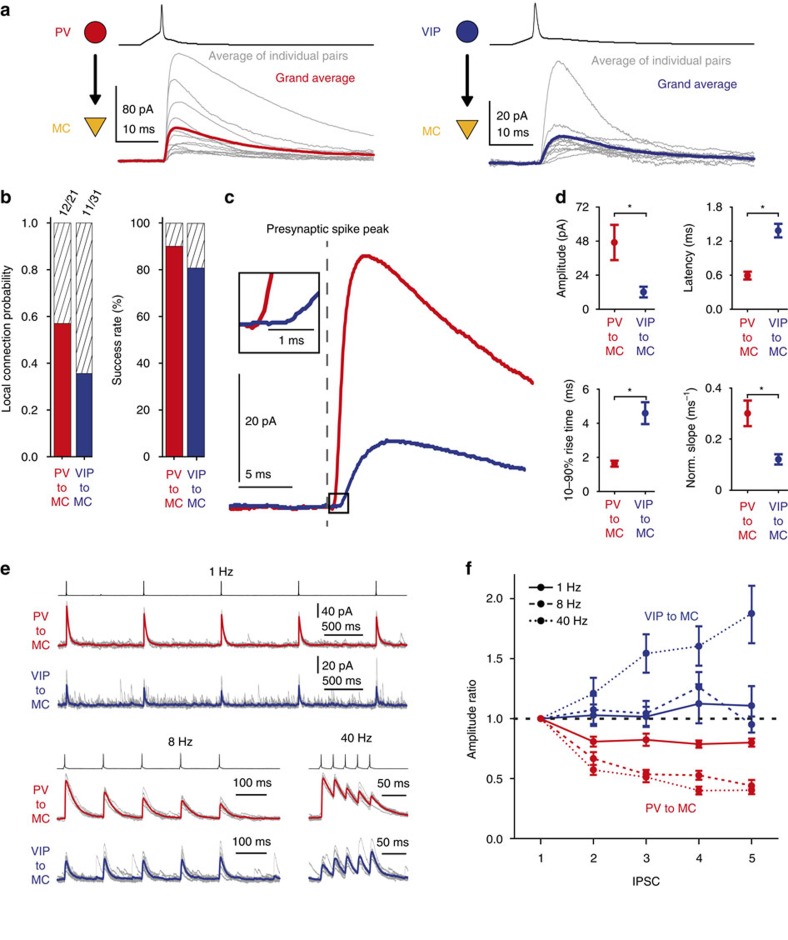Figure 4. Unitary connections of PV and VIP cells onto MC differ in their elementary synaptic properties and short-term plasticity.
(a) Grand average of unitary IPSCs (red: PV to MC, n=12, age P21–P36; blue: VIP to MC, n=11, age P21–P32) in MC in response to single spikes, repeatedly evoked in presynaptic IN. Averages of individual pairs are shown in grey. (b) Connection (left) and success rate of synaptic transmission (right) of the two different kinds of unitary connections. Note that the connection probability of PV cells (∼58%, 12/21) is substantially larger than the one of VIP cells (∼35%, 11/31). In connected pairs, synaptic transmission is highly reliable. (c) Overlay of grand averages (from a) aligned with respect to presynaptic spike peaks. IPSCs evoked by PV and VIP cells differ substantially in size and kinetics. For clarity, the boxed initial phase of both responses is shown at higher resolution as an inset. (d) Quantification of unitary IPSCs. Amplitude, latency, 10–90% rise time and normalized slope as fraction of amplitude per ms were analysed based on averages of each individual connected pair (PV to MC: red; VIP to MC: blue). Mean±s.e.m. was then calculated for each group separately. Asterisks indicate significant differences (P<0.05) for all those parameters. (e) Individual examples of averaged IPSCs in MC in response to trains of five spikes (1, 8 and 40 Hz) in a presynaptic IN (PV to MC: red trace; VIP to MC: blue trace). Individual traces are shown in grey. Quantification is shown in f. (f) Quantitative analysis of short-term plasticity at different frequencies (1 Hz: PV to MC, n=11; VIP to MC, n=11; 8 Hz: PV to MC, n=10; VIP to MC, n=11; 40 Hz: PV to MC, n=10; VIP to MC, n=10). Amplitude ratio (nth response/first response) of consecutive IPSCs plotted versus successive IPSCs. At the population level, PV to MC responses show synaptic depression under all stimulus conditions, whereas VIP to MC responses show no significant changes in amplitude at low frequencies but facilitate at 40 Hz. Values represent mean±s.e.m.

